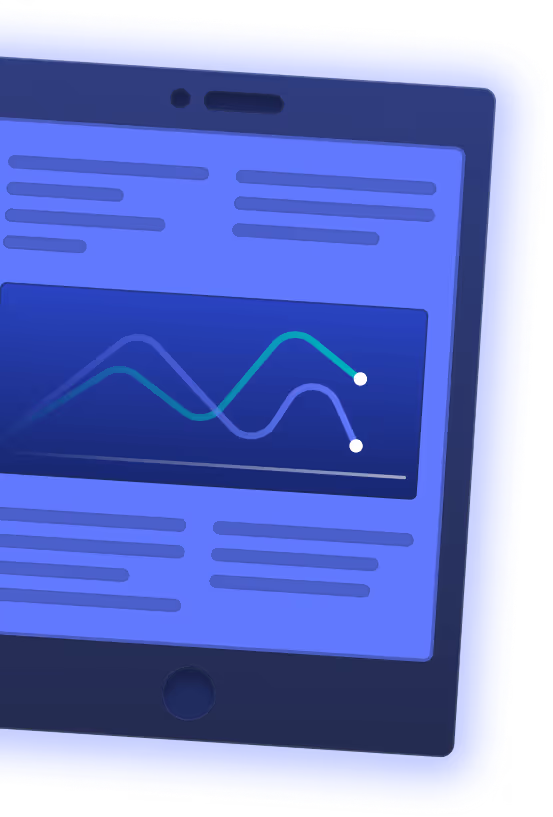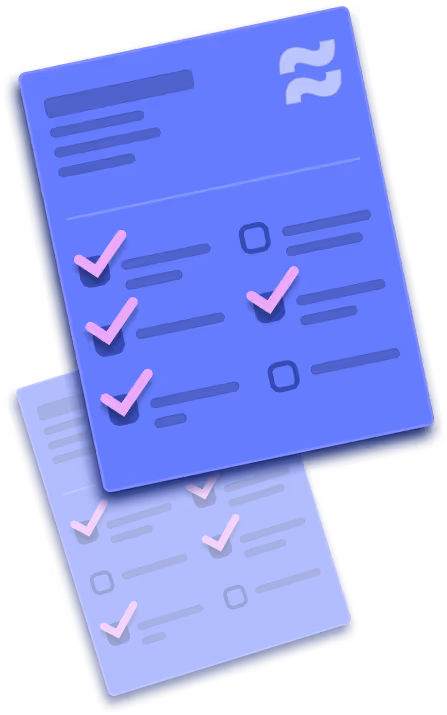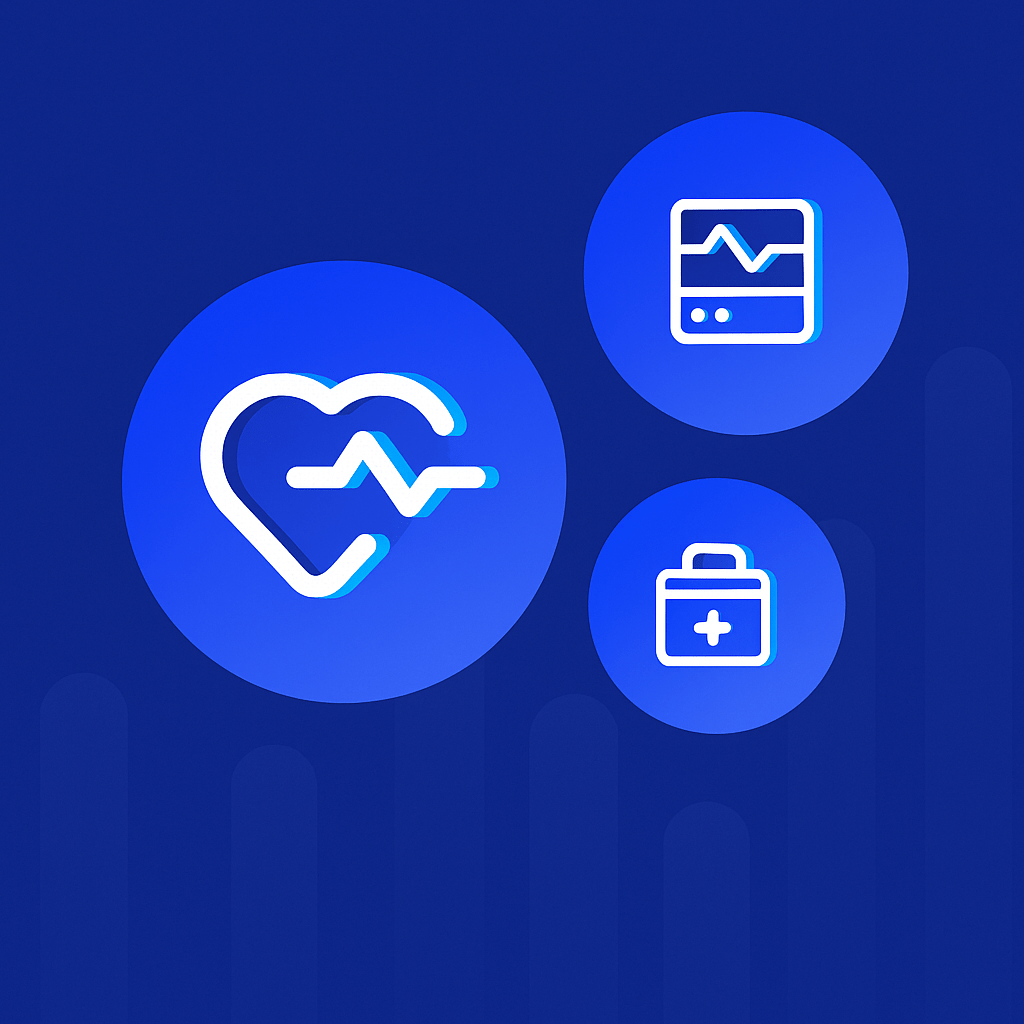
6 Experts Share Their Thoughts on Leveraging AI in Sales and Marketing Automation
Key takeaways
- Businesses struggling with sales and lead generation often lack meaningful AI integration, which is now essential for staying competitive.
- AI enables personalization at scale by analyzing micro-behaviors and delivering timely, targeted messages that boost conversions.
- Predictive analytics helps businesses anticipate customer needs, market shifts, and demand patterns, improving forecasting and decision-making.
- AI chatbots and voice-recognition tools streamline customer service and sales calls, improving response times and unlocking valuable behavioral insights.
- AI-powered ad targeting reduces wasted spend by analyzing subtle user signals and optimizing campaigns in real time.
- Automation tools speed up routine marketing tasks, allowing teams to focus on strategy and high-impact work.
It’s a time of reckoning for sales and marketing teams. Consumer needs are changing faster than the skies, and new competitors pop up every now and then, like freebies. Previously heralded business models don’t hold a cup in the face of the newer market challenges.
So, it’s not surprising that most businesses are recording bearish turnouts in sales and poor lead generation despite spending thousands or even hundreds of thousands on marketing.
If your business is also struggling to survive, that’s likely because it lacks total commitment to AI integration, the recent wave influencing how brands and consumers interact today.
Let’s quickly review what these market leaders say about AI for sales and marketing automation and how to use it to accelerate business growth.
{{cta}}
Personalization at Scale
Volodymyr Shchegel, VP of Engineering at MacKeeper, says, “Understanding prospect and customer needs is one of the major headaches businesses face. You can’t possibly get into their heads to find out. So, you have to work on abstract data and sort them into something meaningful to get useful insights and leverage that to anticipate customer behavior.”
Besides being time-consuming and inefficient, this manual personalization process can also cause you to miss out on crucial but minor data that is key to your consumer actions due to the large amount of information you have to handle.
For instance, customers may spend extra time on specific product pages or repeatedly visit a particular section of your website without making a purchase. Manually tracking these behaviors across multiple customers is difficult, but these micro-interactions can signal a strong interest or indecision.
AI integration with your sales and marketing workflow can, however, help detect these patterns, triggering personalized offers or recommendations at the right moment. It can also target each customer's peak engagement period, reduce cart abandonment via on-time notifications, and streamline communication to their most preferred channels.
Predictive Analytics for Marketing and Sales Forecasting
Predictive analysis puts you ahead of your customers in figuring out what they need. That’s like calculating their next steps even when they’re not yet conscious of that step themselves.
Is it important? Yes, and here’s why, according to Albert Kim, VP of Talent at Checkr.
“Given the abundance of technological innovations and a rapid shift in the paradigm of customer needs, waiting for a change to happen before you respond can cost your business a fortune or everything. And that’s why anticipating trends and possible future changes in sales and marketing is a superpower every business must have.”
For instance, the rapid shift towards sustainable and eco-friendly products has become a key customer trend. 79% of consumers are shifting their purchasing preferences based on social responsibility, inclusiveness, and environmental impact. Companies that failed to anticipate this change and continued offering non-sustainable products faced declining customer loyalty and market share.
What AI does is it helps you analyze millions of data sets on customers’ purchasing behavior and even the most subtle abnormalities that can point to a shift in needs. Then, you can utilize this outcome to optimize your marketing target or messaging.
For sales forecasting, advanced predictive AI models use machine learning algorithms to analyze historical sales data, customer behavior, seasonality, and market trends. By identifying patterns and correlations in datasets containing past promotions or product launches and customer response, businesses can generate more accurate sales forecasts for similar future events.
Likewise, in demand generation and forecasting, detailed analysis of economic indicators, customer preferences, market conditions, and growing shifts over time makes it easy to predict product demand. Retailers like Walmart have successfully used this AI-driven predictive analytics approach to fine-tune their inventory and logistics, reducing costs and increasing customer satisfaction.
Streamlining Customer Service with AI Chatbots
Gary Hemming, Owner & Finance Director at ABC Finance, says, “If the catalyst for a first purchase is your product, the catalyst for repeat purchases is a good customer experience. The most important determinant of customer experience is customer service. And if you fail to provide a good one, that’s likely the last time you’ll see your customers.”
According to Zendesk, more than half of consumers will ditch a brand for its competitor after one bad customer experience, which can negatively affect sales revenue.
One of the best ways new businesses modernize customer support to provide an excellent service experience is via AI-powered chatbots. These smart techs can act as tier 1 support agents, handling basic customer queries and reducing response time. This, in turn, boosts positive customer experience and helps to increase the possibility of a repeat purchase.
But more than that, AI chatbots can be useful data collectors and analyzers. For instance, they can deduce information such as customer preferences, pain points, and buying intentions by analyzing the context and sentiment of the dialogue. This capability enables you to tailor your marketing and sales strategies. Integrating these insights with a broader set of AI tools for ecommerce can further optimize your entire sales funnel. The next evolution in this space involves AI agent development, where businesses can create more sophisticated autonomous systems that not only handle customer interactions but also proactively identify sales opportunities, coordinate with multiple departments, and execute complex multi-step marketing campaigns without human intervention.
Precise Ad Targeting for Marketing
“Ad targeting has been a persistent challenge for marketers. Despite efforts to hone in on specific audiences through demographic segmentation, interest profiling, and historical purchase data, it's nearly impossible to entirely eliminate the risk of targeting individuals who are unlikely to convert. This oversight results in wasted ad spend and diminishes the overall return on investment”, Tom Golubovich, Head of Marketing & Media Relations at Ninja Transfers, explains.
The challenge arises because ideal and non-ideal consumers can share similar interests, making it difficult to differentiate between them without sophisticated analysis. For instance, a brand targeting fitness enthusiasts might inadvertently reach individuals who occasionally engage in fitness-related content but do not actively purchase fitness products.
And that’s where AI can champion some of its analytic prowess again. According to Adobe, 46% of businesses already use AI for ad targeting and optimization, whereas Statista says 55% use AI for segmentation and retargeting.
AI-integrated Ad systems employ predictive and machine learning to analyze your campaign data sets and identify subtle distinctions in consumer behavior and preferences. This presents a hyper-personalized ad opportunity, effectively reducing your ad spend and ensuring your primary target gets the message on priority.
Besides, some ad platforms enable the use of AI algorithms to streamline real-time ad bidding, thus allowing brands to optimize their ad spend based on performance data.
Decision-Making Through AI-Powered Insights
“While it’s not advisable to give the advisor role to an AI, these innovative techs can provide accurate insights that you can use in making your own decisions. For instance, you can paste a consumer profile on GPT and ask it to extract key info on the consumer’s buying habits that you can leverage”, Adam Tishman, Co-Founder at Helix Sleep, a large U.S. retailer and manufacturer of mattresses, says.
This approach shortens time-to-execution and helps to reach a conclusion faster.
Another practical instance of this is in sales calls. Platforms like Oliv.ai utilize generative AI to summarize sales calls and extract valuable insights that sales teams can quickly leverage instead of wading through murky, hours-long conversations.
AI can process vast amounts of data quickly, uncovering patterns and trends that may not be immediately evident to human analysts. This capability allows businesses to make informed decisions based on comprehensive data analysis rather than intuition alone.
As Adam mentioned, we still can’t trust AI to make critical decisions. For professionals looking to deepen their understanding of AI applications in business contexts, enrolling in specialized AI courses can provide the technical knowledge and practical skills needed to effectively implement these tools while understanding their limitations and appropriate use cases. To operationalize these insights at scale, teams can standardize prompt design and safe usage through ChatGPT training, improving response quality and consistency across sales and marketing workflows. Still, they have no problem helping as brainstorming buddies, especially in cases where the AI has been trained on your business data to understand appropriate complexities.
Leveraging Voice Recognition AI for Sales Calls
Advanced voice recognition AI tools automate note-taking and data entry, thus allowing sales representatives to focus on building relationships and closing deals rather than getting bogged down in administrative tasks.
For example, AI tools like Gong and Chorus can analyze sales conversations, capturing key insights and providing real-time feedback. This helps salespeople refine their approaches and more effectively understand customer pain points.
“Additionally, AI-driven analysis of voice tone, inflection, and sentiment during calls can help sales teams gauge customer reactions and tailor their pitches accordingly. This level of insight significantly enhances the customer experience, as it helps you adapt your communication style to align with the client's preferences and emotional state, leading to higher engagement and conversion rates”, Leigh McKenzie, Community Advocate at Traffic Think Tank, adds.
Automated Content Creation
A typical marketing pipeline is all about content. You need content for marketing ads, content for organic traffic on your website, and content for cold emails. That’s a lot of load on your marketing team, especially when most of the content is repetitive and consumes most of your valuable time.
To back this up, Hubspot’s review showed that marketers spend one-third of their average 45-hour work week on routine tasks. Out of this, crafting and sending repetitive emails take up about 3.48 hours weekly on average.
AI integration into your marketing automation helps minimize these wasted hours by automating your routine content creation tasks. For instance, MailChimp provides an AI-writing feature that assists with creating email subject lines and even content, which you can later tweak to suit your purpose.
Over the past couple of years, the number of generative tools, like Jasper, has exploded. You can utilize any of them to streamline your content creation process, generate simple stuff like email signatures, or opt for more centralized, full-stack marketing and sales platforms like Klevere to assist your overall content effort.
Wrapping Up
Sales and marketing teams are two crucial departments of your business, and equipping them with AI can enhance lead generation and revenue.
First, integrate AI into your system to boost messaging personalization and precise ad targeting. You can also adopt AI-powered chatbots for good customer service and to collect vital customer data that’s used to develop effective sales and marketing strategies.
Predictive analysis through machine-learning AI systems can help forecast customer needs and sales trends, thus giving you enough time to address them. Lastly, leverage AI to draw essential insights, make quicker but data-backed decisions, streamline your sales call, and automate content creation.
{{cta}}
FAQ for AI in Sales and Marketing Automation
How can businesses choose the right AI tools for their sales and marketing strategies?
To choose the right AI tools, businesses should first identify specific goals—such as lead generation, customer engagement, or content automation—then evaluate tools based on features, integration capabilities, scalability, and cost. Vendor reputation, data security, and ease of use are also key factors.
What are the key challenges when implementing AI in sales and marketing?
Common challenges include data quality and availability, integration with existing systems, user adoption, high initial investment, and the need for ongoing staff training. Ensuring ethical use and avoiding bias within AI algorithms are also crucial concerns during implementation.
How does AI-driven personalization compare with traditional marketing segmentation?
AI-driven personalization uses real-time behavioral data and predictive analytics to tailor messages at an individual level, whereas traditional segmentation typically groups users by static demographics. This results in more dynamic and contextually relevant content that improves engagement and conversions.
What industries benefit most from AI in marketing and sales?
Sectors like e-commerce, finance, real estate, hospitality, and healthcare benefit significantly. These industries rely heavily on customer data and personalized experiences, making AI invaluable for predictive analytics, behavioral targeting, automation, and customer support optimization.
Can AI help reduce customer churn in subscription-based businesses?
AI can reduce churn by analyzing usage patterns and engagement signals to identify at-risk customers. It enables proactive interventions such as personalized offers, tailored messaging, or automated satisfaction surveys to improve retention before cancellations occur.
How does AI optimize ad budget allocation in real-time?
AI algorithms monitor ad performance metrics continuously and adjust bids, targeting, or creative elements accordingly. This ensures higher ROI by reallocating budget to the most effective channels, times, and audiences based on current data insights.
What training is recommended for marketing teams adopting AI tools?
Marketing teams should pursue training in data literacy, AI fundamentals, machine learning basics, and prompt engineering. Platforms like Coursera, Udacity, and Datacamp offer tailored courses. Hands-on experience with tools like ChatGPT or Jasper also enhances practical competence.






.svg)















.png)
.png)
.png)








.svg)

.png)
.png)
.webp)
.svg)

